BY STEPHEN DiLAURO | Walking in Chelsea a couple of weeks ago, the public art above the Empire Diner caught my eye, once again. But this time something was different. It wasn’t that the images changed. A new, critical consideration arose in my mind. Often, my questions about that mural are “Why the unibrow?” and “What does Frida Kahlo have to do with Warhol, Basquiat and Haring?”
My answer, sadly, is always the same: The current axis of art and media have not elevated any contemporary woman painter, deceased or alive, to the level of cultural recognition accorded those three Downtown icons. Other than being painters, what do the three men, who knew each other, have in common with Kahlo, who was from a different country and era entirely? (I invite enlightening comments, particularly from women artists, please.)
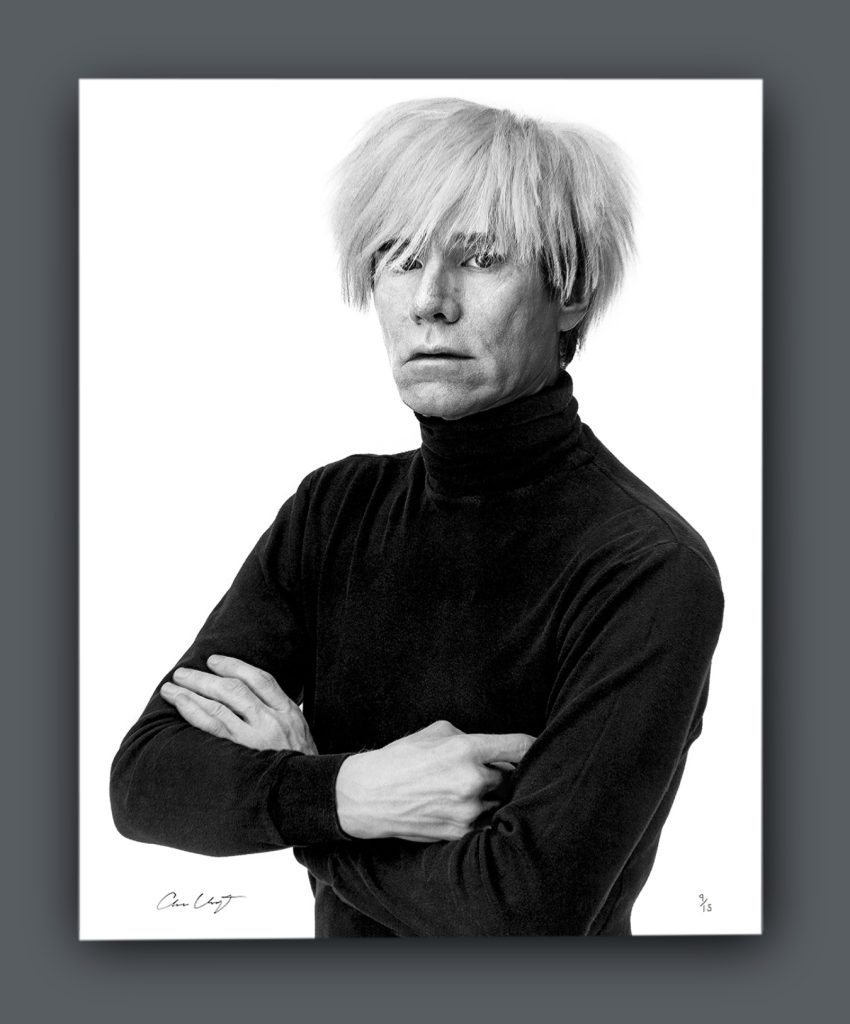
This time, though, my immediate thought was: “Wait a minute. Is that the same head of Warhol that’s in the photo print I have hanging on my wall?” I pulled out my phone and called Andy Unangst, who is a friend of more than 40 years, and asked him: “Have you ever seen the mural above the Empire Diner in Chelsea? It’s . . .”
He cut me off with a laugh: “Yes. That’s from my portrait of Andy. Good eye.”
I recently acquired two photo portraits of Warhol from Unangst. These same portraits, in larger format, have been sold by Gagosian Gallery in the past.
The mural appropriation, it turns out, was the least of it. Another photographer once photographed the same portrait of Warhol, as it appeared in Playboy magazine, but with a bullet hole in it.
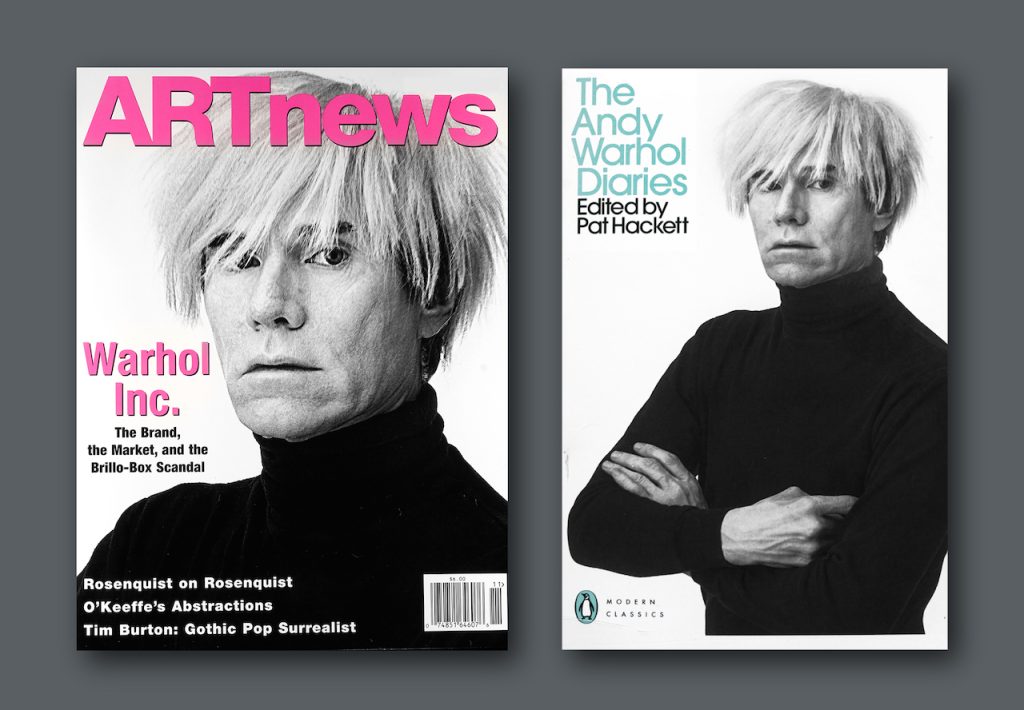
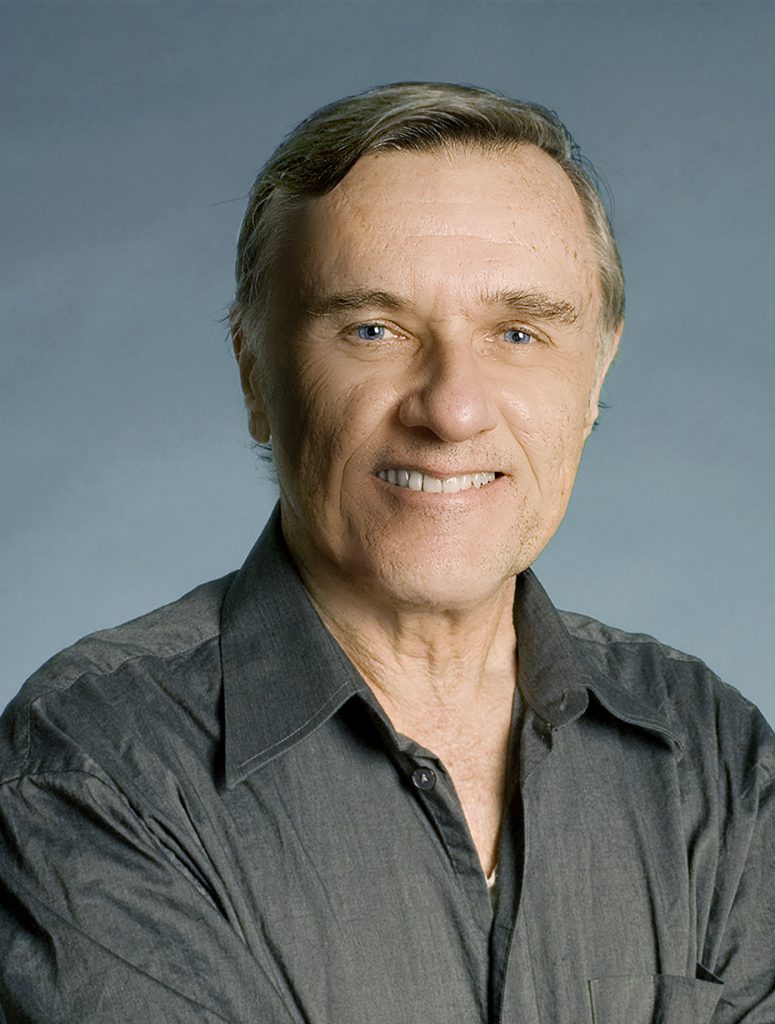
That photo of a photo, without any attribution for the original (by Andy Unangst), was once named photo of the year by the Whitney Museum. This led to brisk high-dollar sales of a limited-edition print at a gallery near the museum. That’s how culturally embedded gun violence has become in our country. I have to wonder what the Whitney curatorial hierarchy was thinking, given that Warhol was himself a gunshot victim. The gallery and the photographer cashing in, I can understand.
Unlike gun violence, artistic appropriation is currently in front of the U.S. Supreme Court. At issue are photographer Lynn Goldsmith’s portraits of the rock icon Prince, which appeared in Rolling Stone. Those photos were cropped and painted over by — who else? — Andy Warhol. That’s a lot of glam and we’re not lawyers.
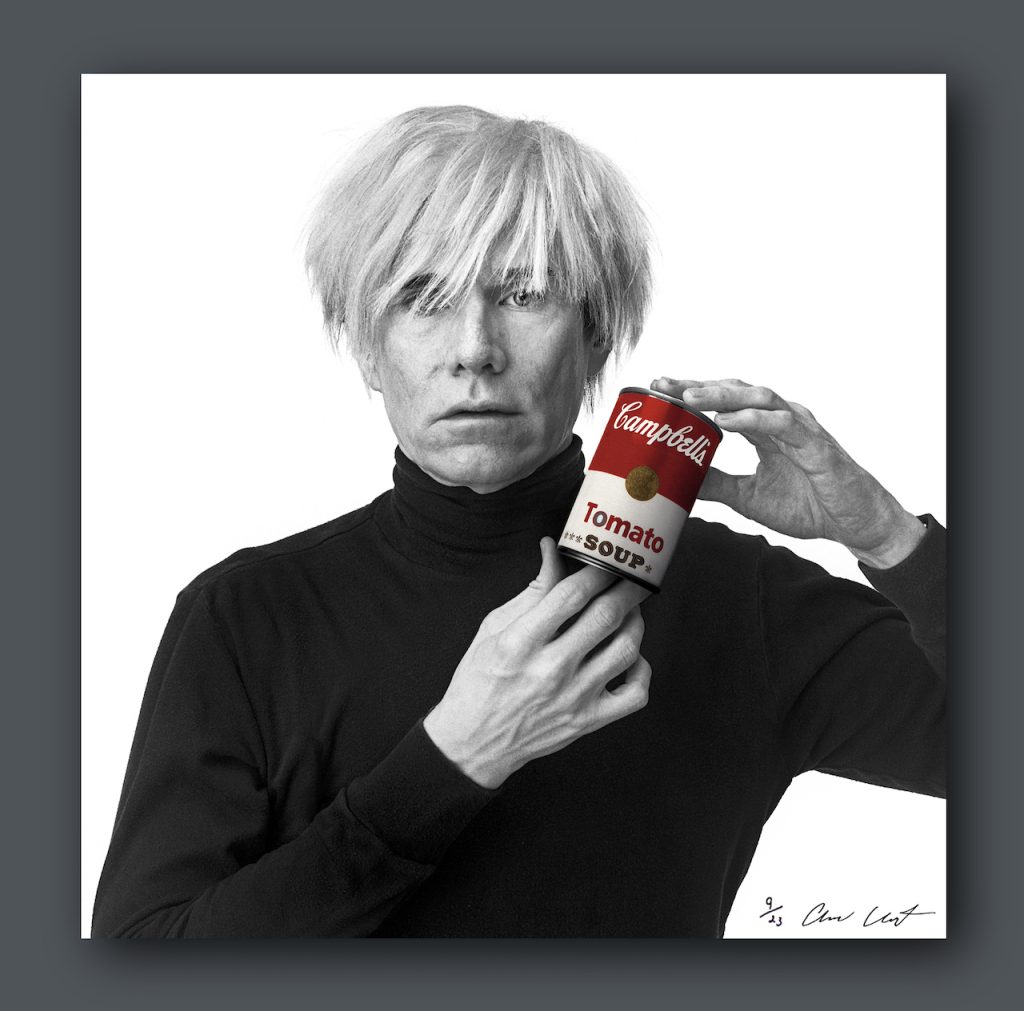
“I’m totally on the side of the Warhol Foundation,” says Unangst, who has taken more than his fair share of celebrity photo portraits. Back in the 1970s and 1980s, his studio on Park Avenue South was a cool nexus for literary and film types. People I met there included Ira Levin, Stephen King, Oliver Stone, Peter Beard and others. It was a scene.
As to the question of appropriation, Unangst told me this: “There’s a painter in Japan who did paintings of all my photos in the book. I love looking at them. I’m honored.” The book he was referring to is “Produce,” a lavish coffee table book that spent two years on The New York Times’ best seller list. The text is by chef and caterer Bruce Beck and Unangst shot all the photos. It is a foodie’s delight.
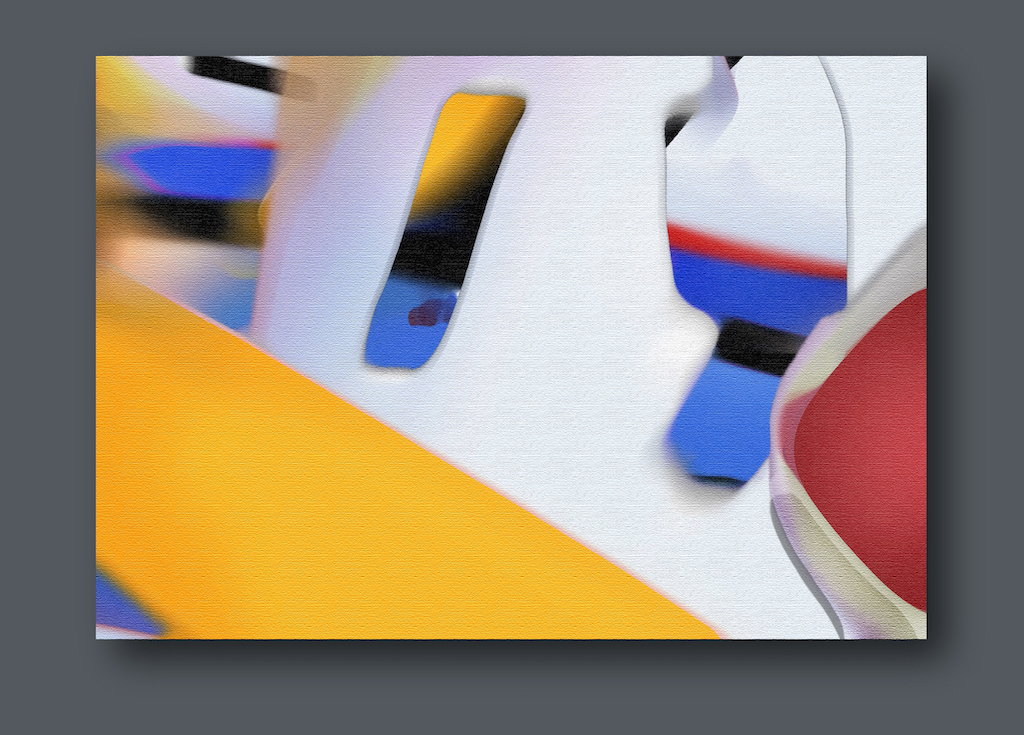

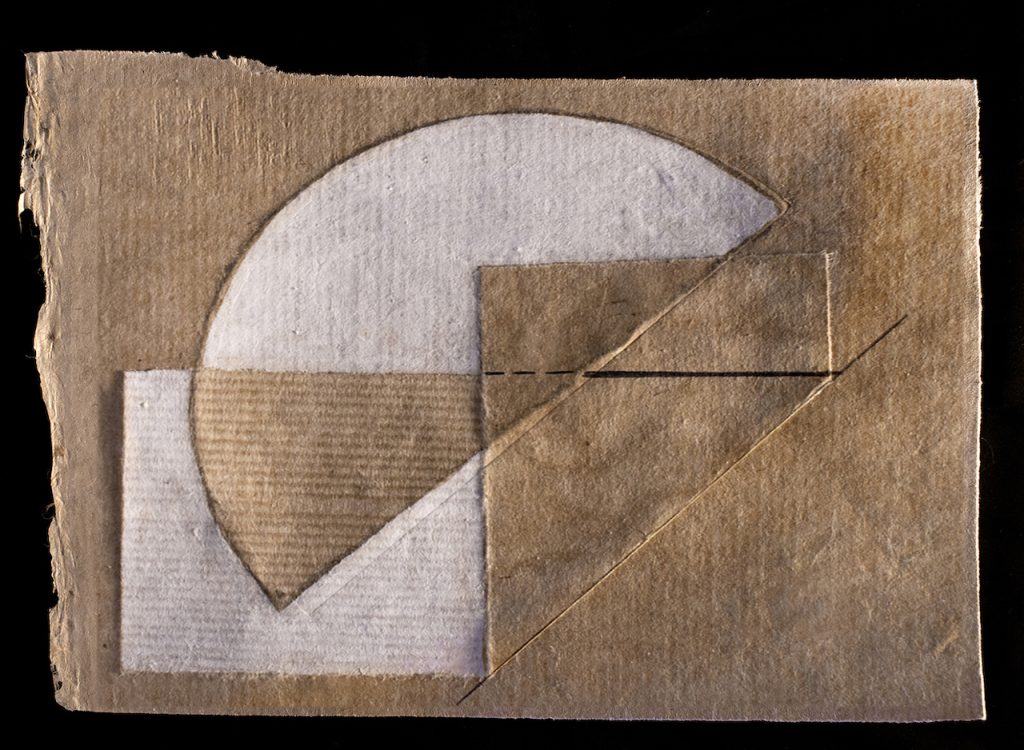
Currently, Unangst lives in New Jersey and does a lot of painting, which he describes as “semi-representational abstracts.” He’s also done a portrait sequence of Warhol in the manner, of course, of Warhol silkscreens. He still maintains a photographic studio, shared with another well-known photographer, in the Flatiron District. His work is available through private dealers and comes up at auction occasionally.”
The two photo portraits of Warhol shown in this article will be available for purchase as part of a charity auction held by Chashama in June, as part of their annual fundraising gala. For more information, please click chashama.org.
DiLauro, a playwright, is a roving culture correspondent for The Village Sun. His play “Dinner with the Devil” is now in pre-production for a commercial run.

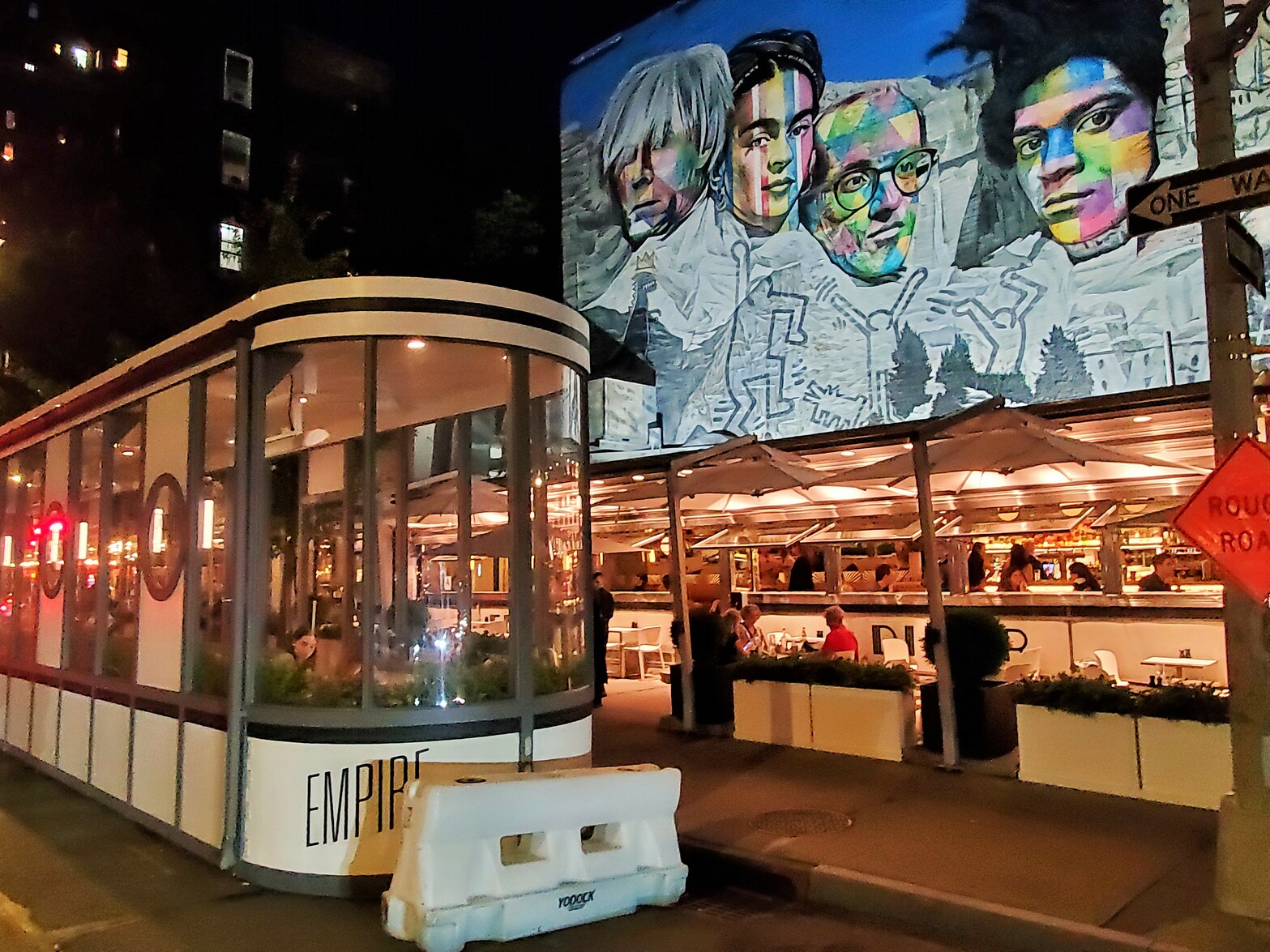
So, I was searching apartments for rent in NY and somehow stumbled on this article. Crazy, because I haven’t lived in the tri-state area or thought of Andy Unangst in decades. So I’m posting here b/c his mother and my grandmother, Margaret (Marge), were great friends in NJ with roots in the old country (Hungary) and I remember visiting his house in Milford or W. Milford, when he was doing his art in the basement of his mom’s house. I also remember my grandparents buying some art that the definitely couldn’t afford at a gallery he was showing at to support him waaaaay back in the day. As I recall, it was kind of like an idyllic red grist mill setting. If Andy is reading and remembers Marge, I’d love to hear from you if only just to validate my little kid memories 🙂
Excellent article and certainly tells it like it is. Well done, Stephen! And Mr. Ugangst’s photography and art is quite nice. Laura Fay Lewis
Great article! I have been following for years the quagmire concerning artistic appropriation. It is an issue of gigantic proportions. The deeper one delves, the more complicated it gets. And the article is also a wonderful tribute to the artist, Andy Unangst, whose work, past and present, I admire greatly.